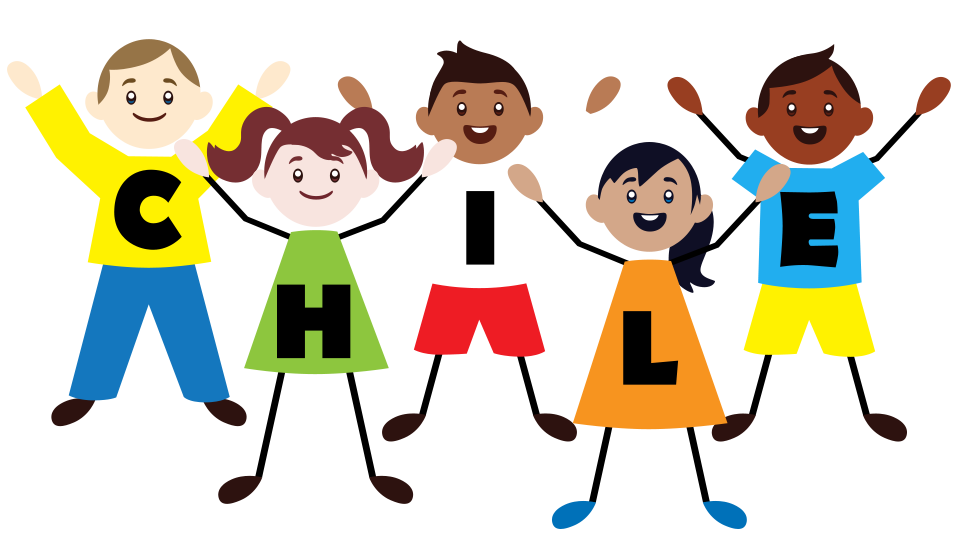Exercise Breaks are designed to be short in duration and require a small space, with little to no equipment. Exercise Breaks are a great way to transition children from one activity to the next and help them to be more focused throughout the day.
Exercise Breaks can be performed in the classroom, outside or in a large room such as a gymnasium or meeting room. Remember, each time a child is physically active, it is an important step toward fulfilling the national recommendations for preschool-aged children of 60 minutes of structured and 60 minutes of unstructured physical activity each day.
Recommended Enrichment Books
- On the Move by Deborah Heiligman
- From Head to Toe by Eric Carle
- Ribbit!: Flip and See Who Froggy Can Be by Bender & Bender
- Ruby Gets Dressed by Paul and Emma Rogers
- Tiny Snowflake by Art Ginolfi
- Thunder Cake by Patricia Polacco
- Franklin and the Thunderstorm by Paulette Bourgeois
- Red Light Green Light by Anastasia Suen
- Big Brown Bear’s Up and Down Day by David McPhail
Instructions for Teachers
- Use Exercise Breaks as often as possible during classroom time. Choose at least one Exercise Break every day!
- Make adaptations to the Exercise Breaks as needed to help children be as active as possible, while keeping safety as the primary requirement.
- Remember to mark the CHILE Physical Activity calendar when your class has participated in an Exercise Break.
- Use the enrichment activity, or any other part of the lesson to meet the learning domains outlined in the Federal Head Start Child Outcomes Framework.
-
Remember, Exercise Breaks have been designed so that your children:
- Have fun!
- Are safe!
- Are set up for success!
- Have maximum movement!
